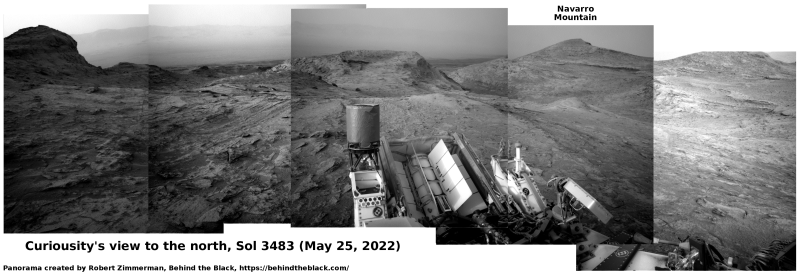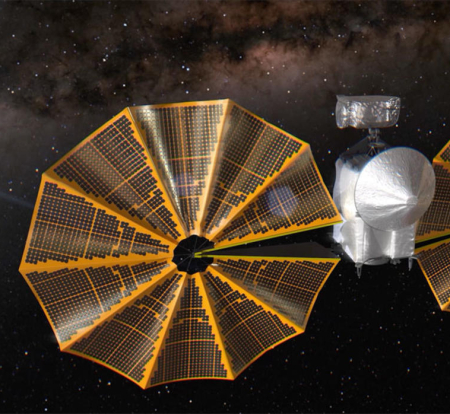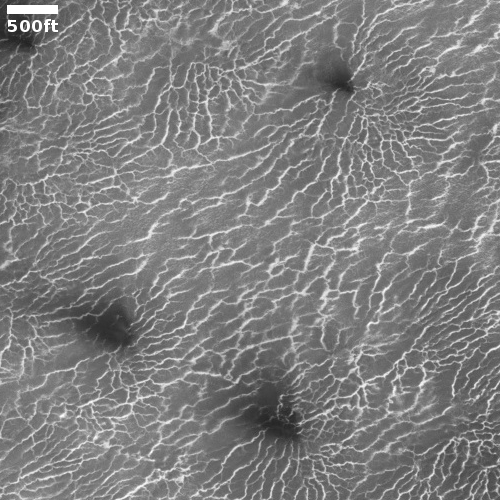Russian government gives Roscosmos permission to negotiate astronaut barter deal
The Russian prime minister yesterday signed a decree giving Roscosmos permission to negotiate a astronaut exchange deal with NASA, whereby for every American that flies on a Soyuz to ISS one Russian would fly on either a Dragon or Starliner capsule.
NASA has been pushing for this arrangement for about a year, but Russia was at first skittish about flying on Dragon. Then its invasion of the Ukraine raised further barriers. Now that it is clear the Russians have no options in space but to stick with ISS for at least the next few years, the Russian government has relented and will allow this barter arrangement to go forward.
NASA had been pushing to put the first Russian on a Dragon in the fall. That flight is now likely to happen.
Of course, all this could change should things change drastically in the Ukraine. The partnership on ISS remains quite fragile politically, even if the astronauts and engineers and workers of both sides continue to work together well.
The Russian prime minister yesterday signed a decree giving Roscosmos permission to negotiate a astronaut exchange deal with NASA, whereby for every American that flies on a Soyuz to ISS one Russian would fly on either a Dragon or Starliner capsule.
NASA has been pushing for this arrangement for about a year, but Russia was at first skittish about flying on Dragon. Then its invasion of the Ukraine raised further barriers. Now that it is clear the Russians have no options in space but to stick with ISS for at least the next few years, the Russian government has relented and will allow this barter arrangement to go forward.
NASA had been pushing to put the first Russian on a Dragon in the fall. That flight is now likely to happen.
Of course, all this could change should things change drastically in the Ukraine. The partnership on ISS remains quite fragile politically, even if the astronauts and engineers and workers of both sides continue to work together well.









